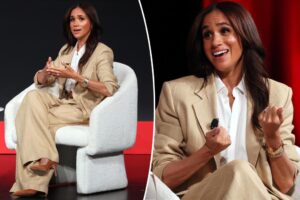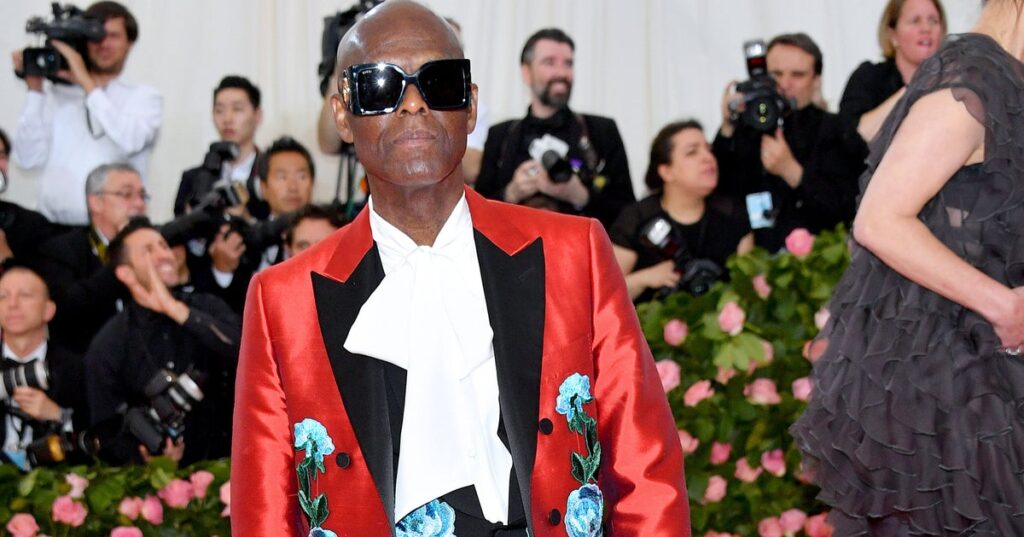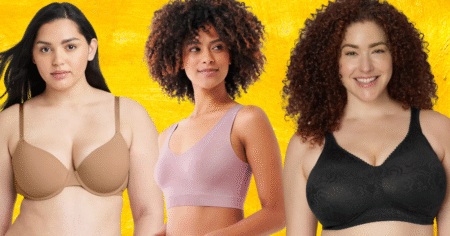The annual Met Gala in New York, also referred to as the “first Monday in May,” is a historic event for red carpet fashion and celebrates the opening of the Costume Institute’s annual exhibition. Held on May 5 this year, the theme and exhibition (which opens to the public May 10) is ”Superfine: Tailoring Black Style.”
The assignment for the throngs of attending celebrities and fashion icons is to dress in a style that’s “Tailored for You.” The theme draws inspiration from Monica Miller’s 2009 book, ”Slaves to Fashion: Black Dandyism and the Styling of Black Diasporic Identity.” Miller, chair of Africana studies at Barnard College, also is a guest curator for the exhibition. Vogue hosts the yearly event to fundraise for the Costume Institute, with tickets for entry at $75,000.
Each year, Vogue’s editor-in-chief, Anna Wintour, curates the Gala’s theme. “Anna Wintour is smart about how to move fashion through cultural movements and progress cultural conversation,” said Emil Wilbekin, assistant professor in the marketing communication department at the Fashion Institute of Technology. He explained the cultural significance of this year’s theme, noting, “With the ‘Superfine’ exhibition happening in this era of [Donald] Trump and anti-DEI, the rolling back of civil rights bills, laws and policies, here comes this exhibition that’s celebrating the very thing being rolled back. It’s a very high and very intellectual form of resistance.”
Jose Perez/Bauer-Griffin via Getty Images
Wilbekin, who created the Native Son channel on Queerty, a forum for representation of Black gay men, goes on to explain that of any event, “the Met Gala has the highest engagement across all social platforms and it gets higher and higher each year. To imagine all of these Black male celebrities, authors, thought leaders, athletes, actors and playwrights on the steps of the Metropolitan Museum of Art — it’s going to be profound.” Because of the instant and viral power of social media, the resonance of these images is going to be exponential.
“Tailoring Black Style” is a nod to dandyism, which has its origins in racialized capitalism. “Dandysim comes about during the Trans Atlantic Slave Trade in the 18th century,” explained Wilbekin, referencing Miller’s aforementioned book. “Slaves were dressed up in an ostentatious fashion to mirror their master’s aesthetic, to serve as prop or property.” He added that the style of dress also distinguished slaves who worked in the house from slaves who worked in the fields.
Over the years, dandyism has evolved, however, into the notion of how men in general pay great attention to curating an “immaculate look, from the tailoring of their clothing, to their eyeglasses, tie, cufflinks to down to their socks and their shoes being perfectly shined,” Wilbekin told HuffPost. He cites Martin Luther King Jr. and Dapper Dan of the ’60s and ’80s respectively, as modern-day icons reclaiming dandyism. “Dap,” as he’s referred to by fashion insiders, is serving on the Gala’s host committee.
Dandyism also connotes hyper-attention to public presentation, which traditionally sits in the realm of the feminine, according to archaic gender binaries. Trends in menswear and male grooming over the past 10 years support the idea of a shift in the male aesthetic that embraces gender fluidity, another notion the Gala’s theme touches upon.
This notion can be seen as an act of resistance because it’s diametrically opposed to the hyper-masculinity endorsed by Trump, Elon Musk and Mark Zuckerberg of late. “When you see white supremacists gather in D.C., the look is a mix of athleisure, the red MAGA hat and hate,” Wilbekin said. Still, he noted that even on the far right, over the past 10 years the male aesthetic is more “preppy and well done” (think Saxon Ratliff on ”The White Lotus”).
Jeremy Crume, vice president of retail at Zadig & Voltaire, told HuffPost, “I watched menswear change quite a bit. Ten or 15 years ago we called this look ‘metrosexual.’” Crume points out that first comes a shift in mindset, which then trickles down to how people dress. “[Today the metrosexual look has morphed into] the fluidity between the masculine and feminine. Guys are not afraid to absorb some of that into how they’re dressing.”
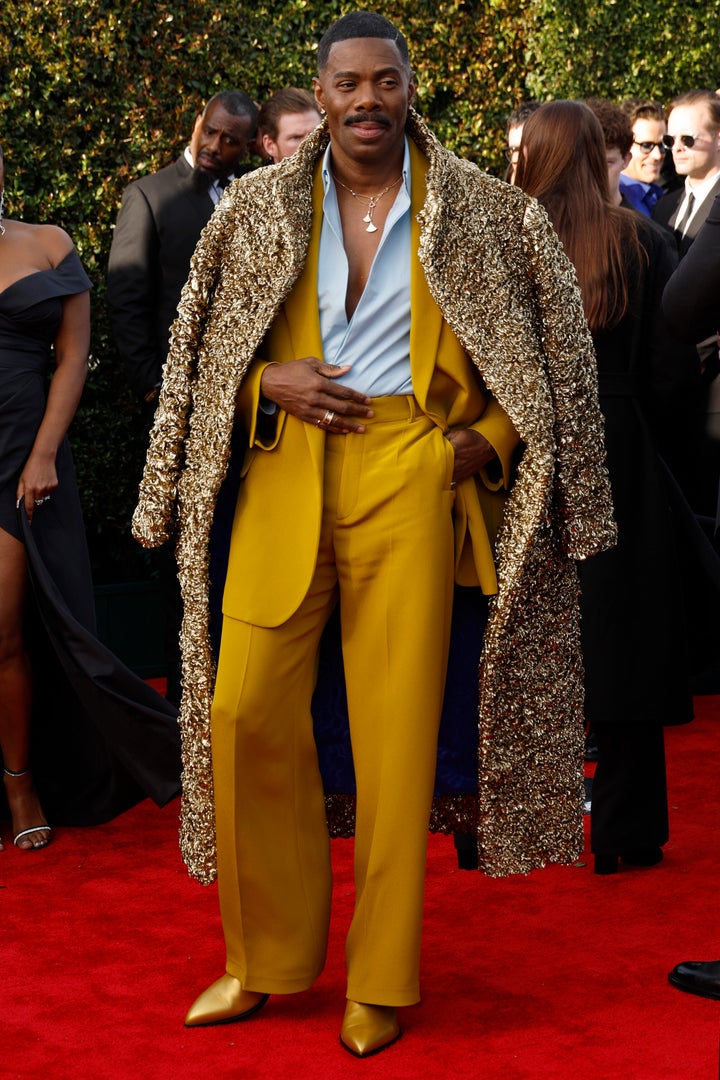
Frazer Harrison via Getty Images
Men who embrace a modern dandy-esque style aren’t just seen in metropolitan cities like New York, Los Angeles and Miami. Crume, who travels across the country, noted that “floral prints will be prevalent for menswear this spring, as well as see-through crochet, sheer looks, and I’m talking mainstream men’s dressing, leaning into a [convergence] of masculine and feminine.”
“You can also see it with dads in the Midwest,” Wilbekin said, explaining that the “shift has been driven by social media. People have more access to fashion now. Bros have really great haircuts, men use cosmetics for their skin, we’ve seen this align with an uptick in men working out and being fit and healthy — and showing off their physiques in leggings. They are spending money on how they dress and move through the world.” There’s even an uptick in male cosmetic procedures; guys are getting Botox and other medical aesthetic treatments.
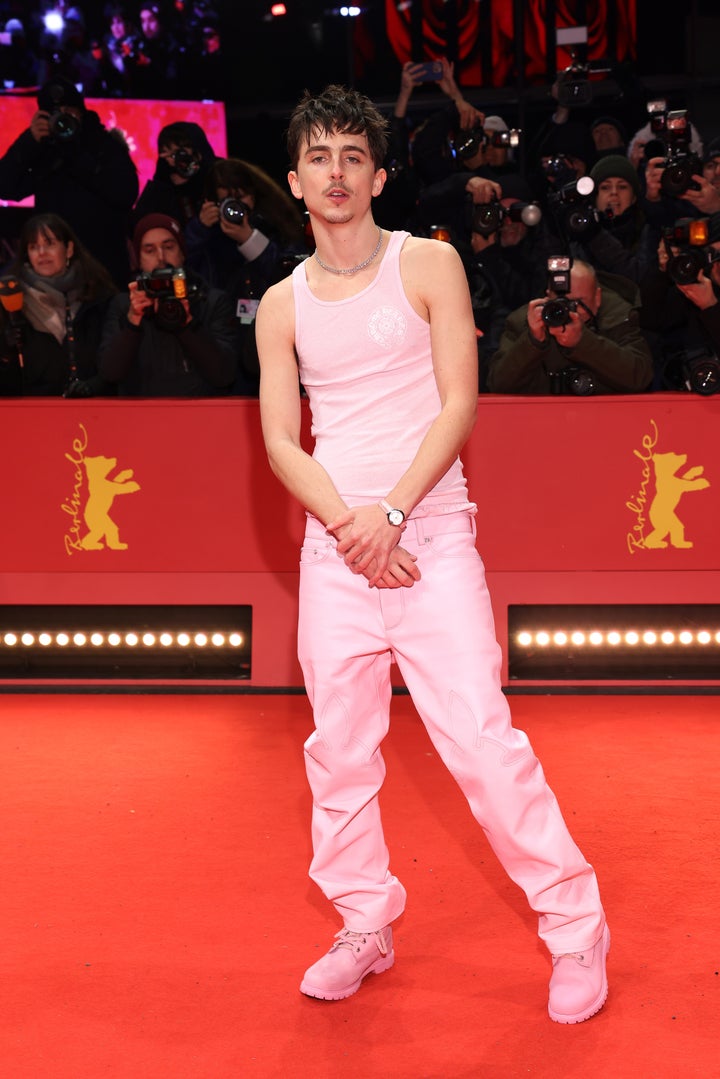
Gerald Matzka via Getty Images
Certainly men in Hollywood have championed this look — think A$AP Rocky and Pharrel Williams, both serving as co-chairs of the 2025 Met Gala, or Timothée Chalamet and Harry Styles, both Gen Z fashion icons. “That look was always prevalent in streetwear and European culture,” Crume said. “Now it’s crossing over into American tailored clothing.” He also speaks specifically to the Gala’s theme of bespoke tailoring as a major trend in menswear in the coming months. “The suit is never going to go away.” But he predicts it will emerge as “elevated casual, being worn with cashmere or a knit.”
As we anticipate the ways in which celebs and Met Gala attendees will interpret the “Tailored to You” assignment, and double tap the looks in our feed, let’s also think about the value of celebrating Black menswear style at this point in time. As Wilbekin explained, there’s a complicated and unjust historical legacy behind how Black men present in America.
“As former slaves moved to the northwest and mideast, they wanted to present themselves as freemen. It’s a matter of respectability politics,” Wilbekin said. He went on to say, “We were dressing up to prove we were equal, successful, intelligent — not only for the white community but also for the Black community to see ourselves through the lens of liberation, equality and power. If we are dressed really well, if we’re groomed really well, then we’re perceived as less of a threat to society.”
Read the full article here


